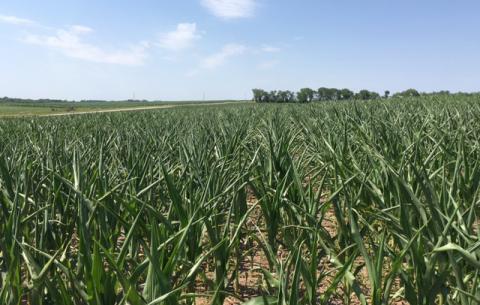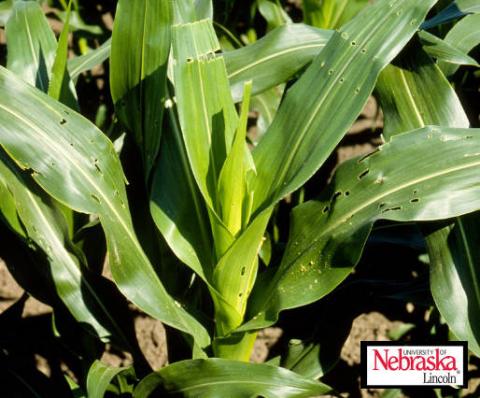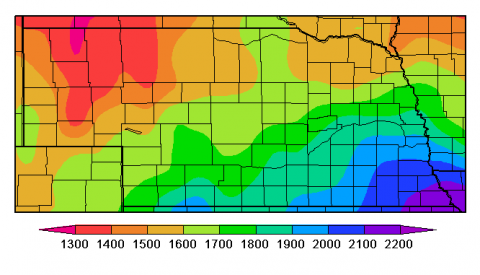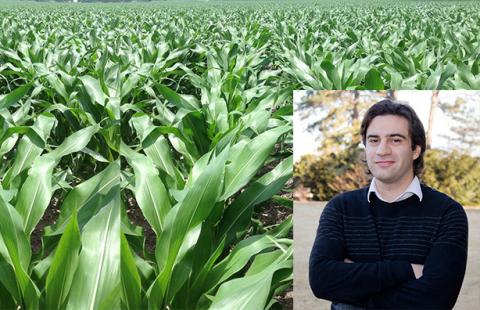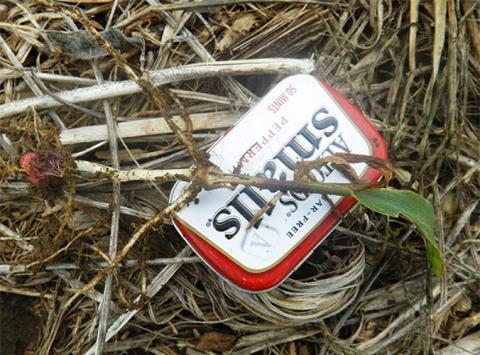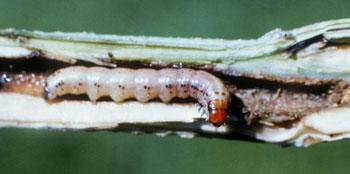Using Degree-Days to Predict Western Bean Cutworm Flights
June 24, 2016
Accumulated degree-days offer a proven means for estimating when to scout for insects, including the western bean cutworm. Here's how to estimate insect growth and recommended dates to start scouting for WBC at 14 Nebraska sites.
Impacts of Extreme Heat Stress and Increased Soil Temperature on Plant Growth and Development
June 21, 2016
Both corn and soybean are susceptible to extreme heat (and water) stress during early vegetative stages as well as later critical growth stages (pollination for corn and flowering for soybean). Extreme heat stress can reduce plant photosynthetic and transpiration efficiencies and negatively impact plant root development, which collectively can negatively impact yield. The author recommends that during an extended heat wave (air temperature equal to or greater than 90 F for 7-10 days), applying 0.25-0.40 inch of water can be very beneficial.
Nitrogen Rescue Treatments in Corn
June 17, 2016
When corn is yellow and struggling to get nitrogen, a rescue treatment may be advisable. Research in neighboring states found a rescue treatment could increase yields by an average 34 bu/ac.
First Generation European Corn Borer Scouting & Treatment
June 14, 2016
Growers are noting shot-hole feeding from European corn borer in non-Bt corn. Nebraska Extension offers several resources to monitor moth activity and determine when treatment is necessary.
Predicting Stalk Borer Development in Corn
June 13, 2016
Based on accumulated degree days, scouting should be underway across the state for common stalk borer in corn.
UNL Corn Yield Model Verifies as Reliable Larger Scale Predictor
June 13, 2016
Collecting basic agricultural data from a mere 45 sites can provide enough predictive power to reasonably estimate crop yields within a 10-state swath of the U.S. Corn Belt, says a new study led by the University of Nebraska-Lincoln. The study compared actual corn production from 2011 through 2014 against best-case projections from the UNL Hybrid-Maize model that accounts for weather, soil properties and planting practices.
Wheat Stem Maggot Damaging Corn after Rye
June 9, 2016
UNL has been tracking an unusual insect pest the past couple of years in northeast Nebraska that may be a potential concern to farmers growing corn after rye or other grass cover crops. A number of producers and crop scouts have reported stunted corn plants at V1 to V2 with brown flagging in their fields due to the wheat stem maggot (WSM), a species of Chloropid fly. These are small flies that are typically about 1/8 inch long with black and yellow markings. The wheat stem maggot overwinters in the stem of its host plants as a larva and emerges in May to begin feeding.
Stalk Borer Scouting & Management in Corn
June 8, 2016
Common stalk borer eggs have hatched throughout Nebraska and scouting should begin when 1300-1400 degree days have accumulated (Figure 1). This is when larvae start moving into corn and other crops. Stalk borer growth is based on accumulated degree days since January 1, using a base of 41°F.

